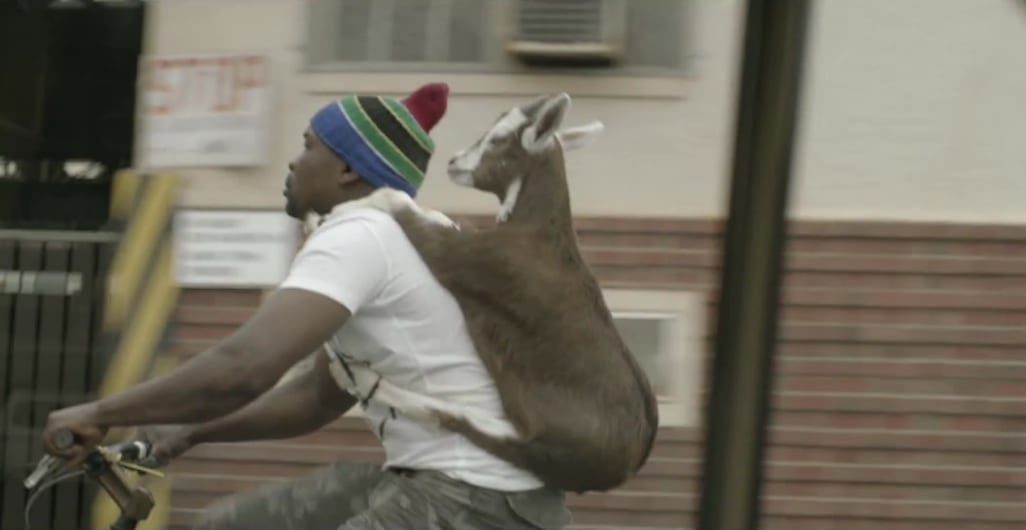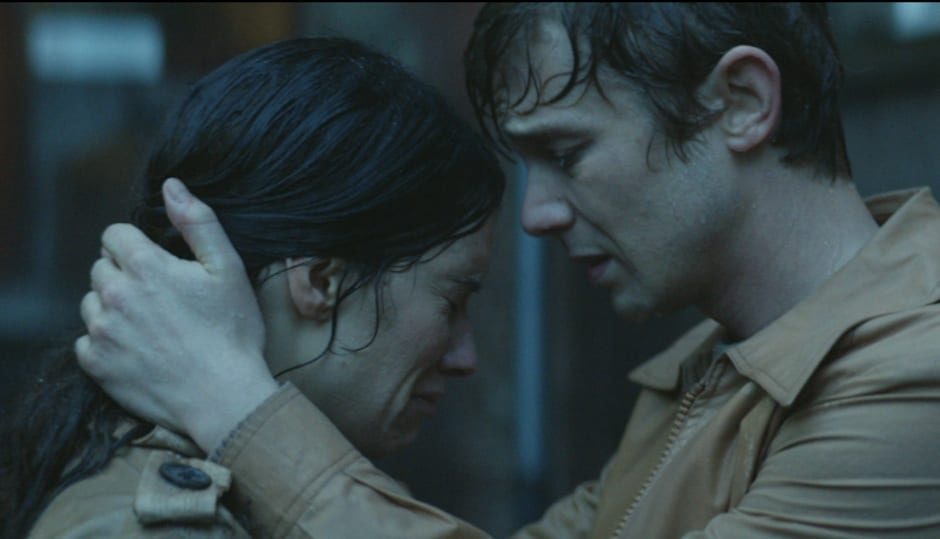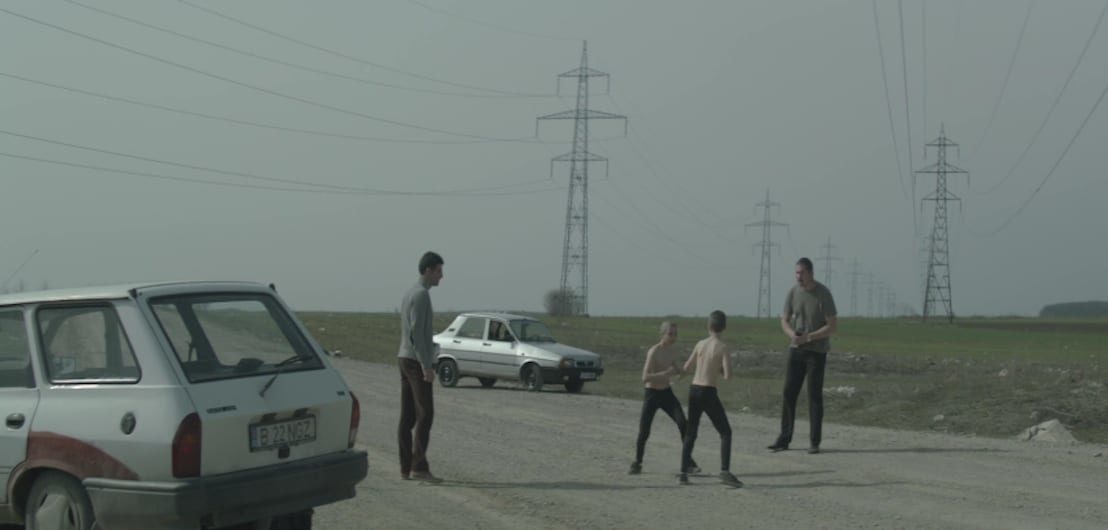What was the original brief?
The original brief was to capture the different ‘magical moments’ that you remember after taking a trip, memorable snapshots so to speak. The main objective of the campaign was to create a film that would give you the urge to travel.
The client wanted to go into a different direction to their previous films. They were looking for authenticity and genuine emotions. We convinced them to go all the way and came up with the idea to undertake a massive journey with our crew.
We shot a few days in a controlled setup with a larger crew and besides that we kept a few extra days to shoot stuff that would be less controlled and pre-defined. Our main goal was to try and recreate the genuine feelings, the memorable moments that one lives and encounters while travelling.
Everyone’s dream: a road trip. Where were you and how did you find the locations? And did some of the locations prove easier to shoot in than others?
This project was definitely a road trip. It was a 16-day shoot in four different destinations across the world: We started off in Cape Town, followed by Bangkok and Tokyo and ended up in New York.
Most of the locations were found during our short prep period, a few days prior to the shoot. It was not your typical commercial shoot where you present everything in a ppm and then shoot the stuff that is validated. Instead, we were driving around town, and finding some great locations that led to new ideas.
Script wise, there were a few mandatory things we needed to shoot, but besides this, our producers kept aside enough time in the shooting schedule to shoot extra scenes. So we improvised a lot, invented many scenes along the way and for us those things stand out in the final edit.
Much kudos as well to the client and agency, who went along with us on this trip and who were so open minded to this approach.
The shoot looks spontaneous. Did chance play a big role in making the film?
Let’s say we tried to make it look spontaneous and as less staged as possible.
That’s why we did a lot of street casting. But all the scenes in the film were constructed. We tried to make them look as genuine as possible and working with real people helped a lot.
For most scenes, we worked with people we saw in the street, and we casted people in restaurants. For example while in Capetown, we were driving to another location in the pouring rain, when we saw this beautiful view of Capetown and we came up with an interesting scene, but we had no actress to play the part. We asked our driver, do you knew an actress and he said: ‘yeah…my sister’. Then he showed us her picture on his phone and she was perfect for it! So half an hour later we where shooting a scene with his sister and it turned out great for the final cut. We also had the trust from the client and agency to go quite far with this.
Was your kit quite portable? What did you shoot on? Was it a small crew?
Samsonite was shot with a very small crew which enabled us to move quickly and also to be very discreet, almost like a documentary crew.
We shot on Arri Alexa with a set of Anamorphic lenses mostly using available light. We always took this equipment with us, so we were always ready to shoot. Since we shot handheld with very long takes, this set up was killing our DoP. The poor guy had to take massages every other day, can you imagine? So much respect to our beloved DoP Bjorn Charpentier.
Did you edit from day to day? Was there a lot of material that didn’t make the film?
Upfront we did have the intention to do edits in between to see if we had everything we needed, but as things turned out, there just wasn’t enough time because we were always prepping the following shoot days whenever we had any spare time. So we ended up with more than 24 hours of rushes. The first exercise was to bring it down to about an hour and then cut it to what it is right now.
For a project like this you need a lot of time, because there’s no real storyline, so it’s all about feeling and going back and forth, and to get that right, it just takes time. We tried to be critical and threw away a lot of nice scenes that didn’t fit the flow of the edit.
What were the main challenges of the production and how did you resolve them?
We think the biggest challenge of this production was to get everyone in this free shooting mindset. For the majority of the shoot our local producers would try to convince us that it wasn’t possible to shoot things the way we wanted to approach them.
Everyone is offering you too much at first: a 50-man crew and cranes and dollies, because that’s what a normal commercial shoot requires. We had to keep repeating the same thing: we don’t need all of this, just a minimal set up, so we could travel fast.
If we would have worked with a big crew we could not have shot most of the stuff, for instance, they don’t allow you to stand in the middle of Fifth Avenue in New York and do a quick shot, because with a big crew you would have to block the street for a while, have traffic control and before you knew it, the whole production becomes a very big thing.
We still think we made a good call by keeping our crew and setups as minimal as possible.The composition of your crew should be in function to the kind of result you want to have and we were looking at having authenticity, the feeling that things were really happening like in a documentary. So we forgot about a grip department, assistants, a big light crew etc.
By shooting in this free spirit, it turned out great for us, we got some great footage.
LINKS:













